
Many laptop users experience frame drops while gaming, leading to lag and delays. How can you fix these issues? This article offers effective solutions to improve gaming performance and achieve a smoother experience.
1. Check Hardware Specifications Against Game Requirements
To address frame drops in laptop gaming, the first step is to check if your laptop's hardware meets the minimum system requirements of the game.
1). Graphics Card: Games, especially large 3D titles, have high demands on the graphics card. Make sure your graphics card can support the required graphical rendering for the game.
2). Memory: Most games require at least 8GB of RAM to run smoothly. It's recommended to have 16GB or more for better performance.
3). Processor: The smoothness of gameplay largely depends on the processor's performance. Ensure your processor meets at least the recommended requirements for the game.
2. Update Drivers
Drivers have a direct impact on gaming performance, so make sure your graphics card drivers are up to date. It is recommended to use Driver Sentry to automatically detect and update drivers, saving time and reducing the risk of downloading or installing incorrect drivers.
Click the download button to get the latest version of Driver Sentry. After installation, open the software and click "Scan".
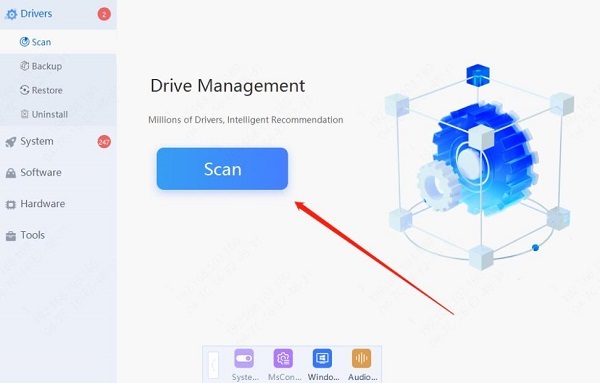
Once the scan is complete, it will show which drivers are not installed or need updating. Find the graphics card driver in the list and click the "Update" button.
After updating, it is recommended to restart your computer to ensure the updated drivers work properly.
3. Adjust Game Settings
If your laptop's hardware cannot meet the high demands of a game, lowering the game settings can help improve performance.
1). Lower Graphics Quality: Change the graphics settings from high or ultra to medium or low to significantly increase frame rates.
2). Turn Off Unnecessary Effects: Effects such as anti-aliasing, shadow effects, and motion blur can heavily burden the graphics card. Turning them off can enhance performance.
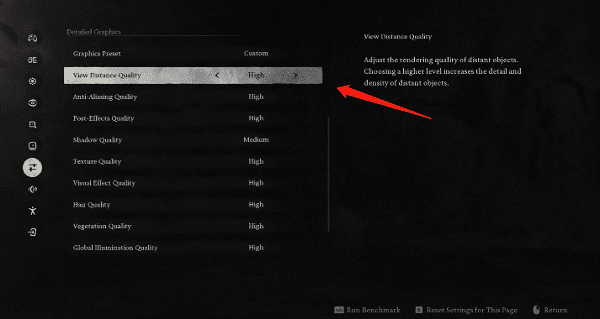
3). Adjust Resolution: Lower the game resolution, for example, from 1080p to 720p, to reduce the load on the graphics card and boost frame rates.
4. Optimize Power Settings
Laptops in power-saving mode may reduce hardware performance, affecting the gaming experience.
1). Switch to High-Performance Mode: In the Control Panel, go to "Power Options" and select "High Performance" mode to ensure the CPU and GPU run at maximum performance.
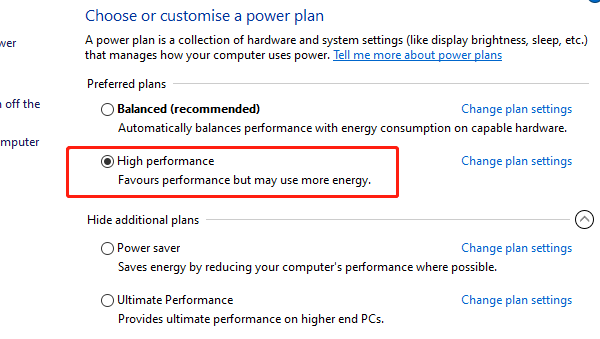
2). Disable Battery Saver Mode: Plug in the power adapter while gaming and disable the battery saver mode to ensure hardware performance is not restricted.
5. Clean Up the System and Optimize Startup Programs
Background programs can consume system resources and lower gaming performance.
1). Close Background Programs: Use Task Manager to close unnecessary background programs and services.
2). Clean Up the Hard Drive: Delete unnecessary files and programs to free up more hard drive space, especially on SSDs, to improve system responsiveness.
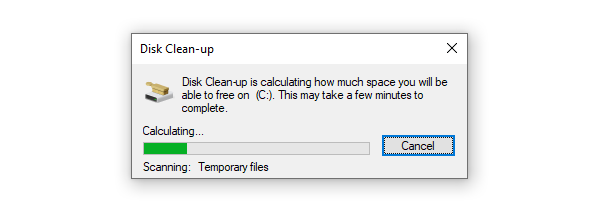
3). Disable Startup Programs: Disable unnecessary startup programs in the system configuration to reduce system startup load and improve overall performance.
6. Regularly Clean and Maintain Hardware
Laptops used for long periods may accumulate dust, reducing cooling efficiency and affecting performance.
1). Clean the Cooling Fans and Vents: Regularly remove dust to keep the cooling fans and vents clear.
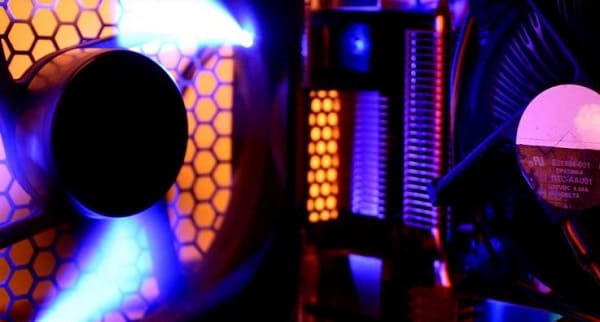
2). Use a Cooling Pad: Using a cooling pad while gaming helps lower temperatures and prevents hardware from throttling due to overheating.
Fixing frame drops in laptop gaming requires various adjustments and optimizations. By following the steps above, you can improve gaming performance and reduce frame drops. Hopefully, these tips help you enjoy a smoother gaming experience!
See also:
How to Fix No Sound on Your Computer
How to Quickly Check Your Computer's Graphics Card Configuration
6 Ways to Restore Computer Audio
7 Ways to Fix Windows Screen Flickering